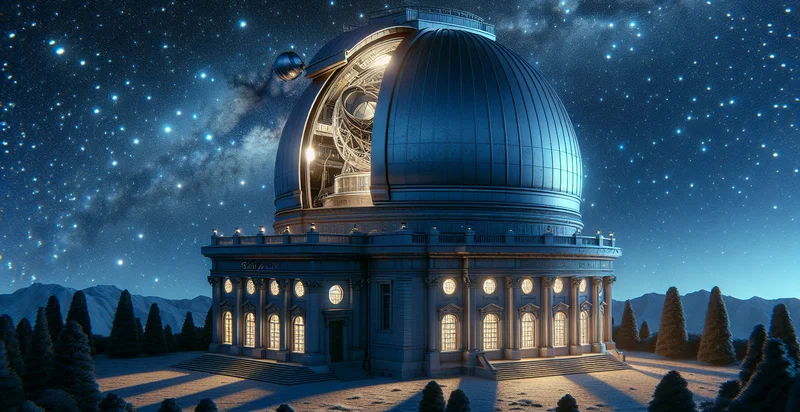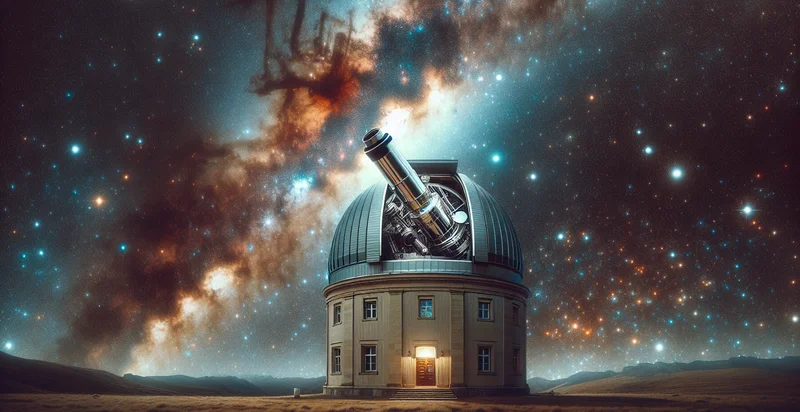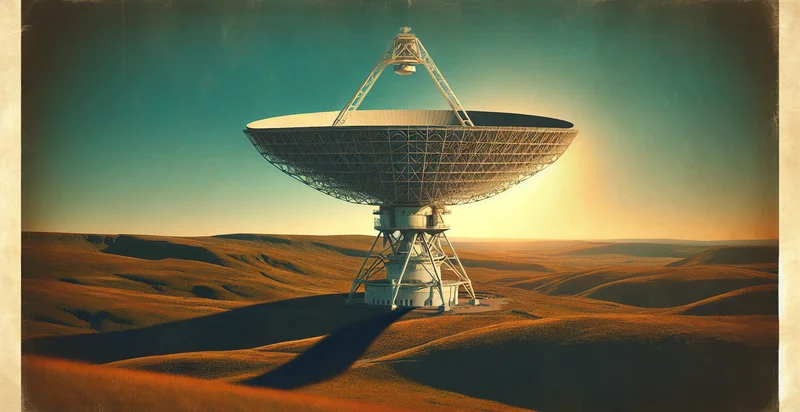Identify observatory name
using AI
Below is a free classifier to identify observatory name. Just upload your image, and our AI will predict what celestial object it is - in just seconds.

Contact us for API access
Or, use Nyckel to build highly-accurate custom classifiers in just minutes. No PhD required.
Get started
import nyckel
credentials = nyckel.Credentials("YOUR_CLIENT_ID", "YOUR_CLIENT_SECRET")
nyckel.invoke("observatory-name", "your_image_url", credentials)
fetch('https://www.nyckel.com/v1/functions/observatory-name/invoke', {
method: 'POST',
headers: {
'Authorization': 'Bearer ' + 'YOUR_BEARER_TOKEN',
'Content-Type': 'application/json',
},
body: JSON.stringify(
{"data": "your_image_url"}
)
})
.then(response => response.json())
.then(data => console.log(data));
curl -X POST \
-H "Content-Type: application/json" \
-H "Authorization: Bearer YOUR_BEARER_TOKEN" \
-d '{"data": "your_image_url"}' \
https://www.nyckel.com/v1/functions/observatory-name/invoke
How this classifier works
To start, upload your image. Our AI tool will then predict what celestial object it is.
This pretrained image model uses a Nyckel-created dataset and has 30 labels, including Apache Point, Arecibo, Carnegie, Chile, Dm, Farnham, Gemini, Green Bank, Hst and Irvine.
We'll also show a confidence score (the higher the number, the more confident the AI model is around what celestial object it is).
Whether you're just curious or building observatory name detection into your application, we hope our classifier proves helpful.
Related Classifiers
Need to identify observatory name at scale?
Get API or Zapier access to this classifier for free. It's perfect for:
- Astronomical Event Detection: This function can help classify images from observatories to identify and confirm astronomical events such as supernovae, asteroids, or transient phenomena. By accurately distinguishing genuine events from false positives, researchers can focus their efforts on the most relevant observations.
- Satellite Image Analysis: The function can be applied in analyzing satellite imagery to filter out false detections of land cover changes or natural disasters. This ensures that environmental monitoring projects utilize reliable data for assessing deforestation, urban expansion, and climate change impacts.
- Telescope Autonomy: In automated telescopes, this classification function can enhance the system's ability to accurately target and capture celestial objects by distinguishing between real astronomical bodies and noise. This boosts the efficiency and effectiveness of data collection processes.
- Space Debris Tracking: The function can be employed to differentiate between actual space debris and transient noise in surveillance images. This is crucial for maintaining safe operations in orbit and for planning debris removal missions without redundantly processing false alarms.
- Astronomical Survey Optimization: During large-scale astronomical surveys, this classification capability can streamline data processing by filtering images before human analysis. It allows astronomers to prioritize their review of significant findings rather than sifting through numerous false classifications.
- Education and Public Outreach: The function can be integrated into educational tools and platforms to accurately engage and inform the public about observations in space. By presenting validated and reliable results, potential misconceptions can be reduced, promoting better understanding and interest in astronomy.
- Research Collaboration Support: For collaborative research efforts among multiple observatories, this classification function can standardize the identification process, ensuring that all participants are working with reliable images. Consistency across datasets enhances collaboration on joint projects and scientific publications.


